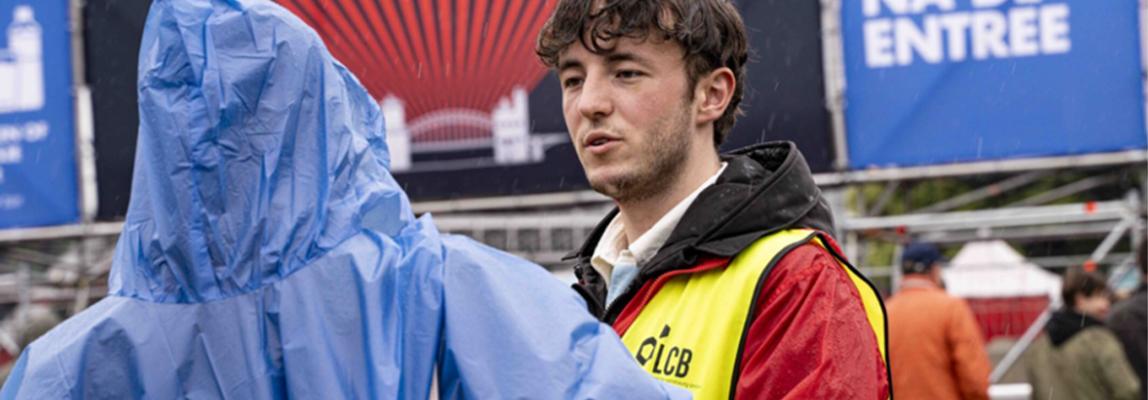
Sustainability scan for transport flows to and from events
07/08/2024 - 10:47
Breda University of Applied Sciences (BUas), Logistics Community Brabant (LCB), and MOJO Concerts have initiated a study into the transport flows to and from events. This article provides more information about the research and the initial findings of this collaboration.